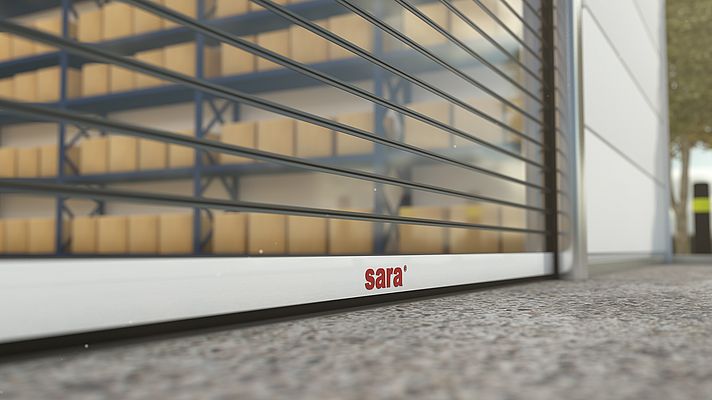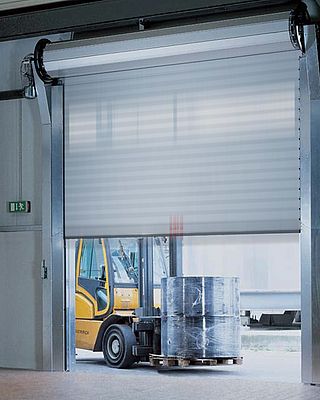At any logistics and distribution center supporting retail operations, goods will need to come in and goods will need to go out. This sounds pretty simple in theory, but in reality, the number of goods movements in both directions will be high enough to warrant a considerable level of management oversight.
Careful attention to detail will ensure goods coming in are sent to the right stocking areas and goods going out are being put on the correct delivery vehicles, and that records are always accurate and up to date. On top of this security will need to be maintained so that all goods are accounted for, all personnel are authorized, hygiene and food safety standards are maintained, delicate goods are protected and handled appropriately, heavy items are moved with care etc.
Primarily in this article we are considering the physical manifestation of all this business activity.
The optimum solution may be to have separate goods in and goods out areas, preferably at opposite ends of the building so that traffic flow is all one-way. But such ideals may not be possible because of the size and layout of the site and its disposition in relation to the roads servicing the facility.
Thus, it is far more likely that there will be a combined goods in and goods out area. This will mean two-way movement of goods, some vehicles loading while others are unloading and increased potential for problems (and even accidents). However, combined goods in/out have advantages in that goods movements are all in one area, making communications and security easier and aiding direct transfer from delivery to dispatch.
Easier handing operations
Many retail logistics centers run smoothly all year round, but to do this the preparations for the pre-Christmas rush must be well planned. There are two key issues which must be addressed: the upsurge in activity and the inevitable deterioration in the weather from which goods will need protecting. There also needs to be allowances for weather related delays in vehicle arrivals. Fortunately, there are several technologies available to assist with these requirements.
The increased activity means more individual goods being handled per hour. The most obvious way to achieve this is to recruit temporary staff, but there can be difficulties with training, security, shifts, scheduling, plus the extra strain on catering, bathrooms and locker rooms. Perhaps the most difficult aspect of using extra staff is the simple fact that loading bays become crowded which can reduce efficiency.
A better approach may be to look at installing equipment that makes handing operations easier. This can include scissor lifts that raise loads from the floor to be level with the truck bed, removing potential bottle necks caused by the need to physically lift individual goods into the truck. They also reduce the risk of back and other injuries to personnel.
An alternative to this is a dock leveller, basically a sloping runway that connects the shop floor with the truck bed so that trolleys can be wheeled in easily. Most dock levellers have a mechanism that allows the angle of the slope to be changed to match the height of each truck as it parks in the loading bay – and if necessary to gradually alter its angle as the truck’s suspension lowers under increasing load or rises during unloading.
Snow use grumblin’
At many logistics centers vehicle loading and unloading has to be done wholly or partly out of doors. This can have a detrimental effect on the protection of the goods if it is raining or snowing, while wet or icy surfaces cause drops and spills. Further, efficiency is reduced if personnel are trying to keep warm and dry, while inclement weather may also lead to wider health and safety issues.
The most complete solution to this is to install loading bays that are completely enclosed: the vehicles reverse into the bay, which may then be secured from the weather by a roller shutter or flexible curtain door. Shutters and doors are often built into ‘loading pods’, relatively short pre-fabricated extensions to loading bays that are used to enlarge and upgrade existing loading bays.
A very popular alternative to this is a smaller loading bay that can accommodate the rear section of a truck and which has semi-rigid curtains or inflatable seals at the top and side that keep the weather out. Another, simpler, solution is to install canopies over the front of the loading bays, under which the trucks park.
All of these equipment based solutions have costs associated with them, but they represent investments that improve efficiency and performance all year round and – importantly – go a long way to reducing the worst effects of the big Christmas rush. A simple cost-benefit analysis on the installation of such equipment usually demonstrates their worth and their rapid payback time.
























